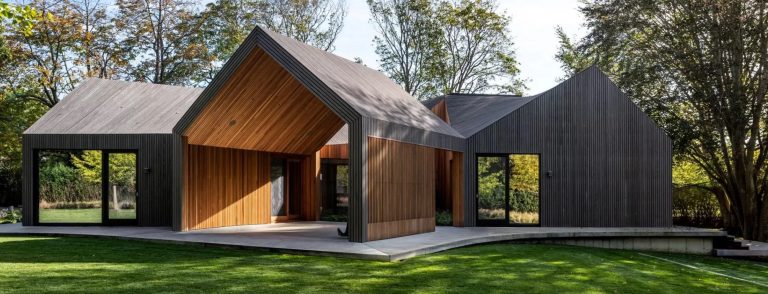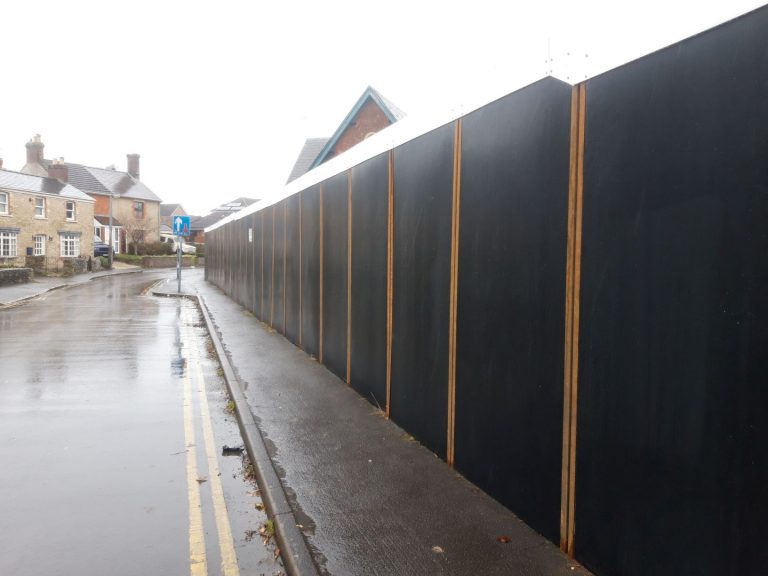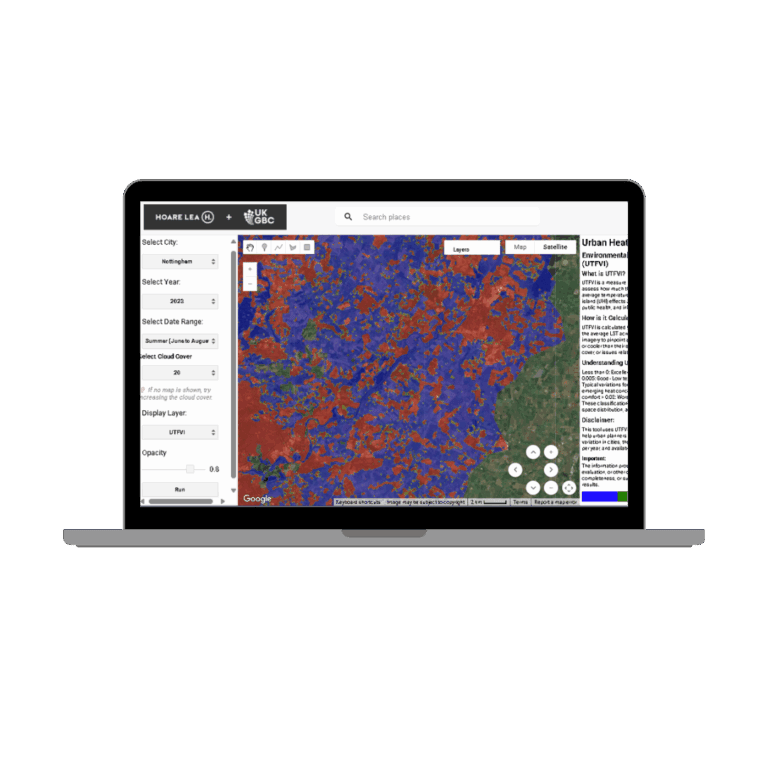Climate positive resource management

Problem Addressed
Waste generation: The re-circulation of waste in novel materials and products ensures the trapping of embodied carbon within. Through this service supply chains can be decarbonised, problematic waste streams dealt with sustainably, and value added through creating regenerative materials to feed back into a business or project.
Case Study
Case Study : Orford road project with GS8.
Biohm’s amazing R&D team carried out a variety of feasibility studies, contamination analysis and some indicative material development on the ‘waste’ streams from the construction site. It was able to regenerate soil waste to create a soil-based variation of its Orb material. This led to the creation of a viable material with amazing properties from which a collection of soil-based interior design products were designed to be installed in the newly built homes. These included Obscure lampshades, shelving and headboards.
This development tells the story of true circularity and showcases a huge potential for construction ‘waste’ streams being transformed into regenerative materials and products.
Facts and Figures
This page presents data, evidence, and solutions that are provided by our partners and members and should therefore not be attributed to UKGBC. While we showcase these solutions for inspiration, to build consensus, and create momentum for climate action, UKGBC does not offer commercial endorsement of individual solutions. If you would like to quote something from this page, or more information, please contact our Communications team at media@ukgbc.org.
Related
Modified wood for stability and durability

Boards made from recycled plastic

Panel boards made from waste cardboard and packaging

Urban Heat Island Web Map

